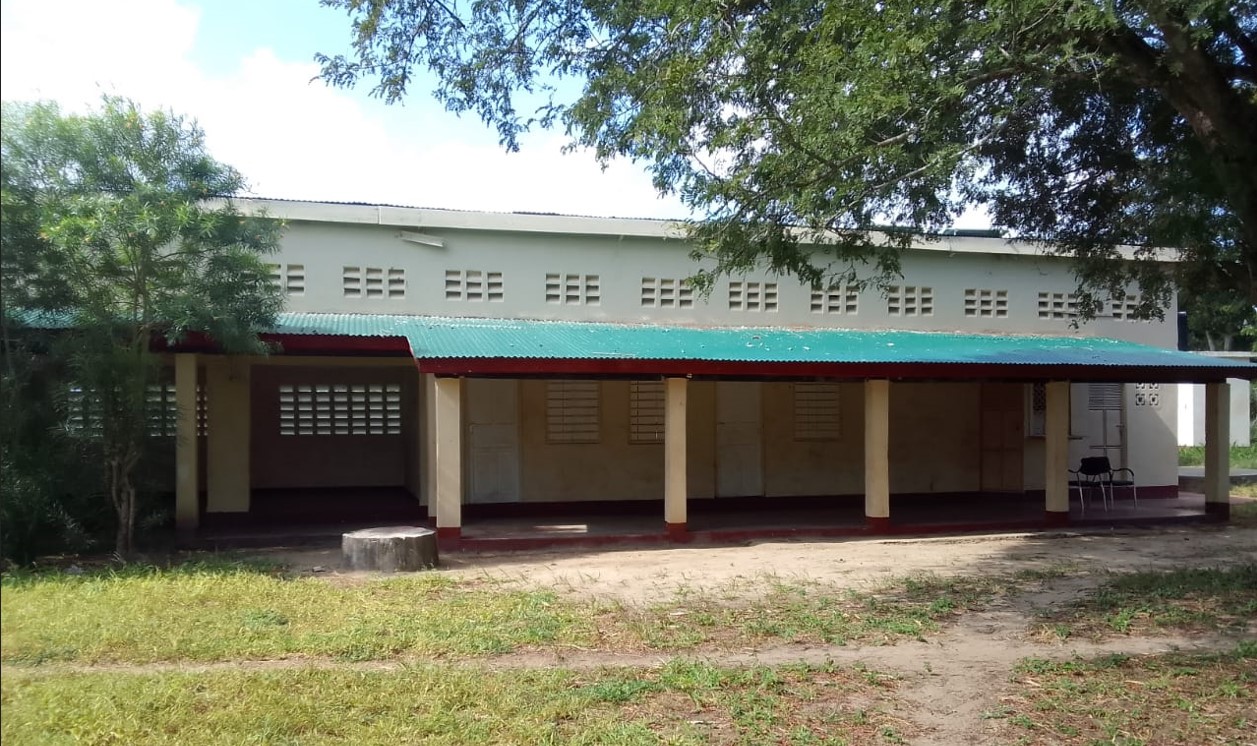SHIF reverts to biometric system to curb corruption, enhance efficiency

By Maureen Kinyanjui |
The new biometric system will be merged with the National Registration Bureau database to ensure accountability and prevent the misuse of healthcare funds.
The Social Health Insurance Fund (SHIF) is set to reintroduce biometric identification to enhance efficiency and curb corruption in Kenya's healthcare system.
Health Cabinet Secretary (CS) Deborah Barasa announced that the new biometric system will be merged with the National Registration Bureau (NRB) database to ensure accountability and prevent the misuse of healthcare funds.
Keep reading
Biometric verification was initially used under the National Health Insurance Fund (NHIF) to authenticate patients' identities at healthcare facilities.
By scanning fingerprints, patients could access services instantly, minimising delays.
However, the system faced abuse, with unscrupulous healthcare providers exploiting patient fingerprints to process fraudulent claims for thousands of fictitious beneficiaries.
Speaking in an interview at Citizen TV, CS Barasa explained that the fraudulent practices significantly undermined the integrity of the NHIF system and led to resource leakages.
To address these challenges, SHIF introduced a One-Time Pin (OTP) system, where patients used passcodes for service access.
Delays
However, the OTP system has been criticised for causing delays and frustration among patients and healthcare providers.
"We will shift back to biometrics since this is the only way we can curb corruption," Barasa said.
"With NHIF, the biometrics was just at the facility level, and what some of the corrupt healthcare providers were doing was taking their own fingerprints, which would then be used by thousands of patients within the facility," he added.
To prevent such abuses, SHIF's upgraded biometric system will integrate with the NRB database, ensuring that healthcare funds are directed to rightful beneficiaries.
In addition, CS Barasa assured the public that the rollout would be phased, with devices already distributed in select healthcare facilities and plans underway for nationwide implementation.
"This is the only way we can curb corruption when it comes to the leakage of resources. We have distributed [biometric devices] in a few facilities and are working on further distribution to ensure they operate seamlessly," she added.
The return to biometric verification raises questions about whether the new system will be robust enough to overcome the challenges that plagued the NHIF era.
Barasa noted that addressing systemic flaws is crucial to ensuring healthcare resources reach those in need while reducing inefficiencies and corruption.
Reader comments
Follow Us and Stay Connected!
We'd love for you to join our community and stay updated with our latest stories and updates. Follow us on our social media channels and be part of the conversation!
Let's stay connected and keep the dialogue going!
















